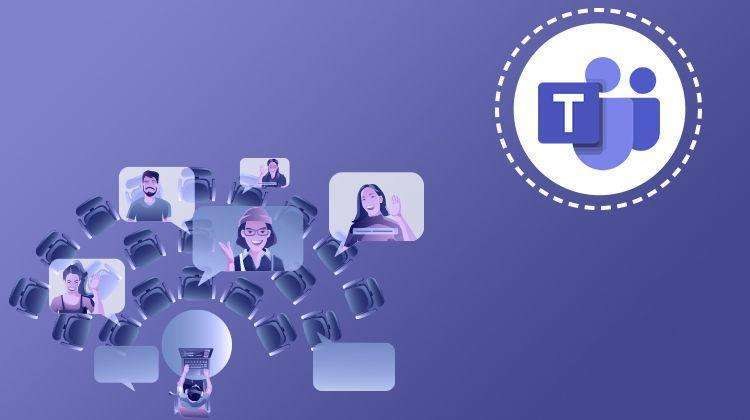In today’s fast-paced business environment, effective collaboration and communication are critical for success. Microsoft Teams is a powerful collaboration tool that enables team members to work together seamlessly and communicate in real-time. In this blog, we will discuss how to use Microsoft Teams to streamline collaboration and communication in your organization.
Setting Up Microsoft Teams:
The first step in using Microsoft Teams is to set up your account and create a team. You can do this by logging in to your Microsoft account and selecting “Teams” from the app launcher. From there, you can create a team, invite team members, and set up channels for different topics or projects.
Collaboration with Channels:
Channels are a key feature of Microsoft Teams, as they allow team members to collaborate on specific topics or projects. You can create a channel for each project or department, and team members can share files, chat, and work together in real-time.
Video and Audio Conferencing:
Microsoft Teams also provides video and audio conferencing features, allowing team members to communicate face-to-face regardless of their location. You can schedule a meeting or start an impromptu call, and team members can join from their desktop, laptop, or mobile device.
File Sharing and Collaboration:
Another important feature of Microsoft Teams is file sharing and collaboration. You can upload files to your team’s shared folder, and team members can access and edit them in real-time. This makes it easy to collaborate on documents, spreadsheets, and presentations without the need for email attachments.
Integration with Other Microsoft Apps:
Microsoft Teams integrates with other Microsoft apps, such as OneNote, SharePoint, and Planner. This enables you to access your files, notes, and tasks directly from Teams, streamlining your workflow and increasing productivity.
Chat and Messaging:
Microsoft Teams also provides a chat and messaging feature, allowing team members to communicate quickly and easily. You can send messages to individuals or groups, and you can also use emojis and GIFs to express yourself.
Conclusion:
Microsoft Teams is a powerful collaboration tool that can streamline communication and improve productivity in your organization. By setting up your account, creating channels, using video and audio conferencing, sharing files and collaborating on documents, integrating with other Microsoft apps, and using the chat and messaging feature, you can create a seamless and efficient workflow for your team. By adopting Microsoft Teams, you can improve collaboration, communication, and overall team performance.


